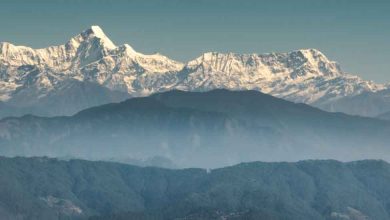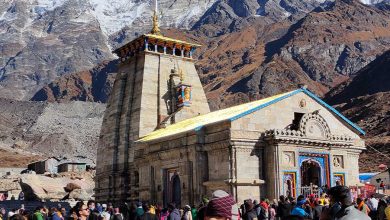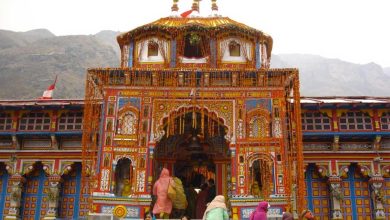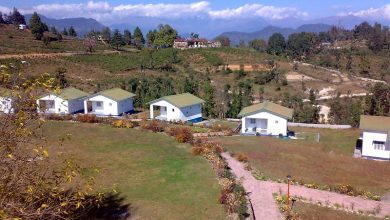The concept of Dharma, which loosely translates to one’s duty has been an integral part of certain South-East Asian cultures for centuries. In India, it is thought to involve both an inward spiritual quest and a physical journey to the Char Dham or ‘four abodes’. These abodes or peeths were established by Adi Shankaracharya in four cardinal directions, vis, Badrinath in the North, Dwarka in the West, Rameswaram in the South, and Puri in the East. Badrinath itself is part of another group of peeths which is known as Chota Char Dham yatra and includes Kedarnath, Yamunotri, and Gangotri in Uttarakhand.
The Char Dham yatra is said to liberate the voyager from the endless cycle of births and deaths. The location of each of these sites is mesmerising, and thousands flock to them each year with immense faith and devotion. Prepare to be spellbound by the mystical lores of each peeth and the palpable energy of thousands of years of piety.
If the Char Dham yatra has been on your bucket for some time, read on to find out how to put your plans into motion.
All you need to know about the Char Dham Yatra
1. Chota Char Dham
Yamunotri
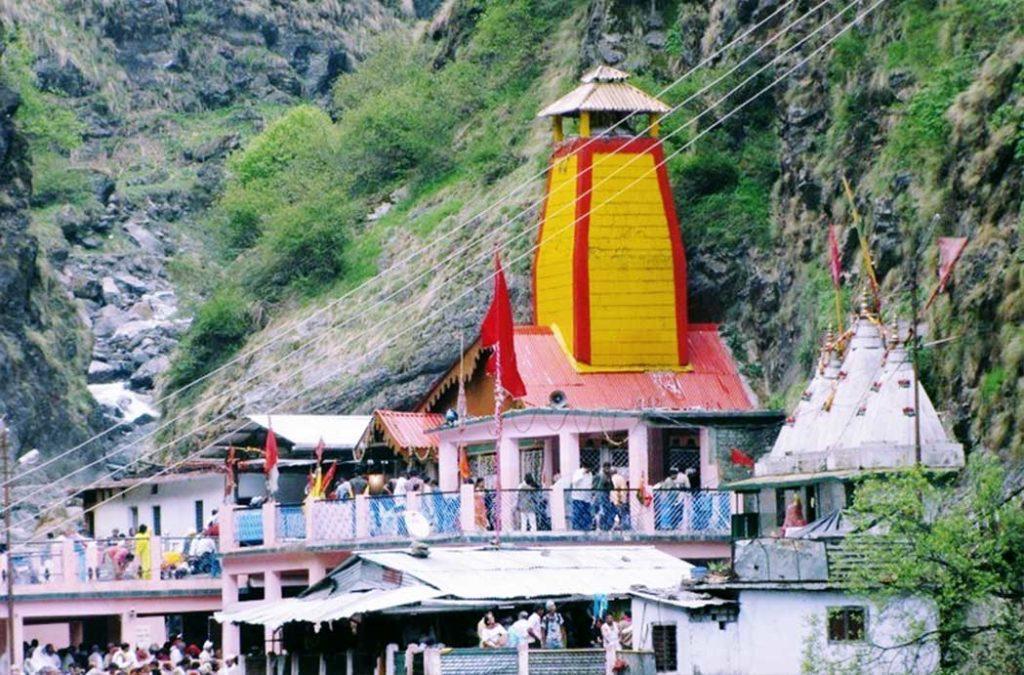
Yamunotri is the first site of the Chota Char Dham pilgrimage. It is located near the source of the grand River Yamuna and is dedicated to the river’s Goddess. The actual site of the source of the river is inaccessible so the temple has been built further down along where devotees can offer their prayers. Yamuna is the second-most sacred river after Ganga and taking a dip is supposed to protect you from untimely death.
Timings: The months between April to June and September to November are ideal for visiting the temple.
How to get there?: Dehradun and Haridwar are the nearest railway stations from where you need to take a bus or shared taxi to Janaki Chatti which is the last motorable stop. From here on you will need to trek around 7 km to reach the temple. It is a steep and treacherous journey, one that is sure to be rewarding if adequate safety precautions are taken.
Gangotri
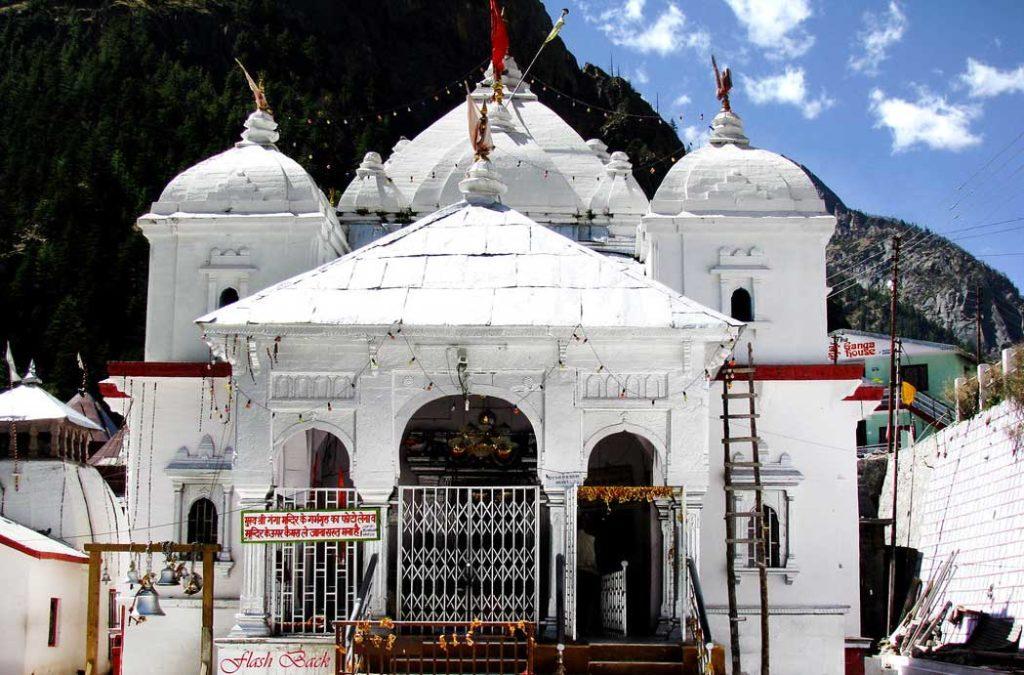
Gangotri is also located in Uttarakhand on the banks of the river Bhagirathi which is the origin of the River Ganga. This holy temple town is the second stop on the Char Dham yatra after Yamunotri. The temple itself was originally built by a Nepalese general and is open to the public all year round except during Diwali. The Goddess Ganga is said to have been released here from the locks of Lord Shiva’s hair according to popular legends. Another legend says that the temple was built where King Bhagirathi worshipped Lord Shiva, and Goddess Ganga took the form of a river to absolve the King of his sins. Such enchanting stories are part of the landscape of the overall experience here.
Timings: The Temple is visited during the months between May and October, and it is easily accessible from any part of Uttarakhand.
Kedarnath
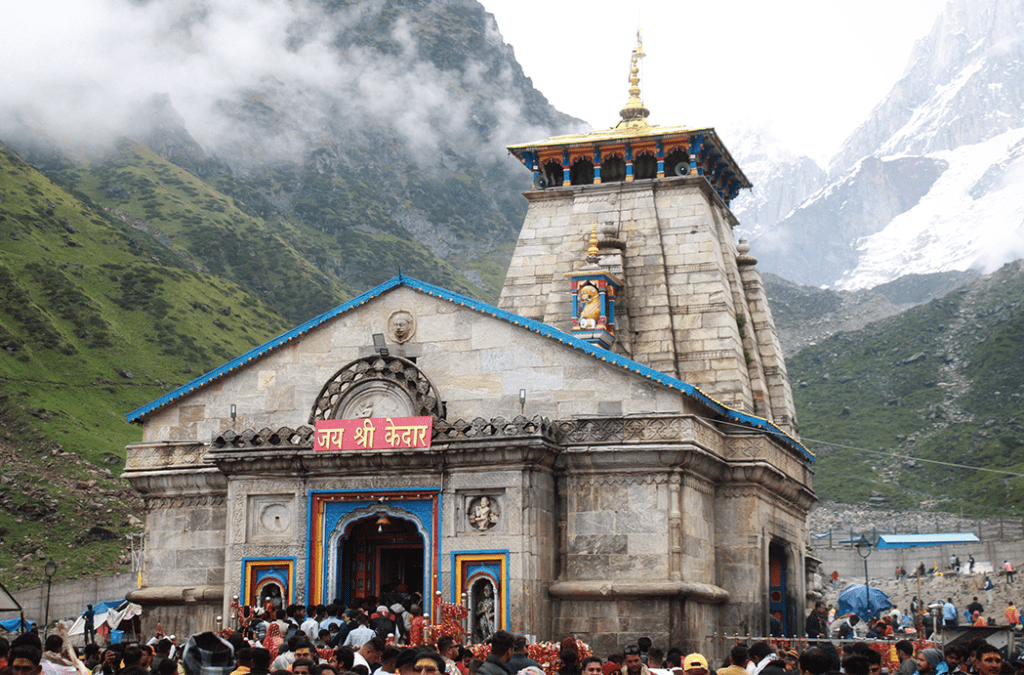
The third stop in the yatra is Kedarnath. This is a town in the Rudraprayag district of Uttarakhand which is known for the Kedarnath temple. The temple along with its splendid backdrop of snowy peaks makes an awesome feast for the senses. Not only is this a visual treat, the centuries of worship coupled with the mythical legends make this town a complete experience in itself.
Timings: The temples can be visited anytime during the months of May and October. Due to heavy snowfall, the temple is shut during the winter months.
How to get there?: Gaurikund is the last motorable stop from where you must trek to reach Kedarnath. Till Gaurikund you can take a bus from Haridwar or Dehradun which are towns well connected by railways to other cities like Delhi.
Badrinath
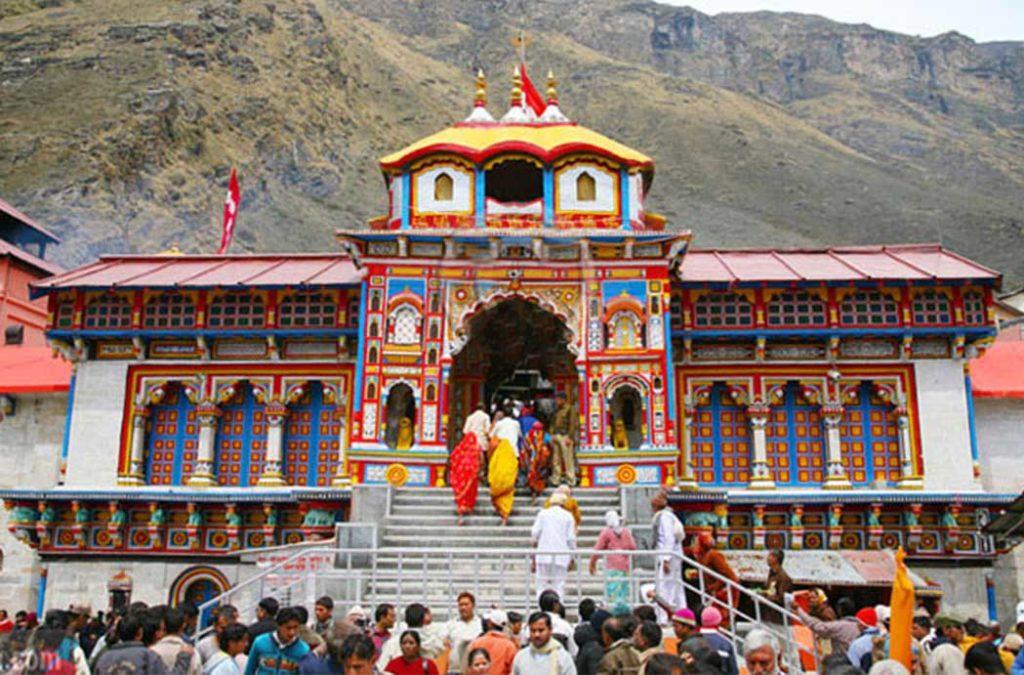
Badrinath is a sacred temple town in the Chamoli district of Uttarakhand on the banks of the mighty Alakananda River. It is wedged between the majestic peaks of Nar and Narayana. The temple that thousands throng to each year is believed to have been set up by Adi Shankaracharya. According to a legend, he is said to have found an idol of Lord Badrinarayana in the river of Alakananda which he placed in a cave. It was later moved to the present-day temple in the 16th century by the King of Garhwal. This is the last stop of the Chota Char Dham yatra.
Timings: The months between May and October are ideal for visiting as the temple is closed during the winter, opening up only in April.
How to get there?: Several buses ply to Badrinath from Delhi, Haridwar, and Rishikesh. The nearest airport is in Dehradun, and the closest railway station is in Rishikesh.
2. Dwarka
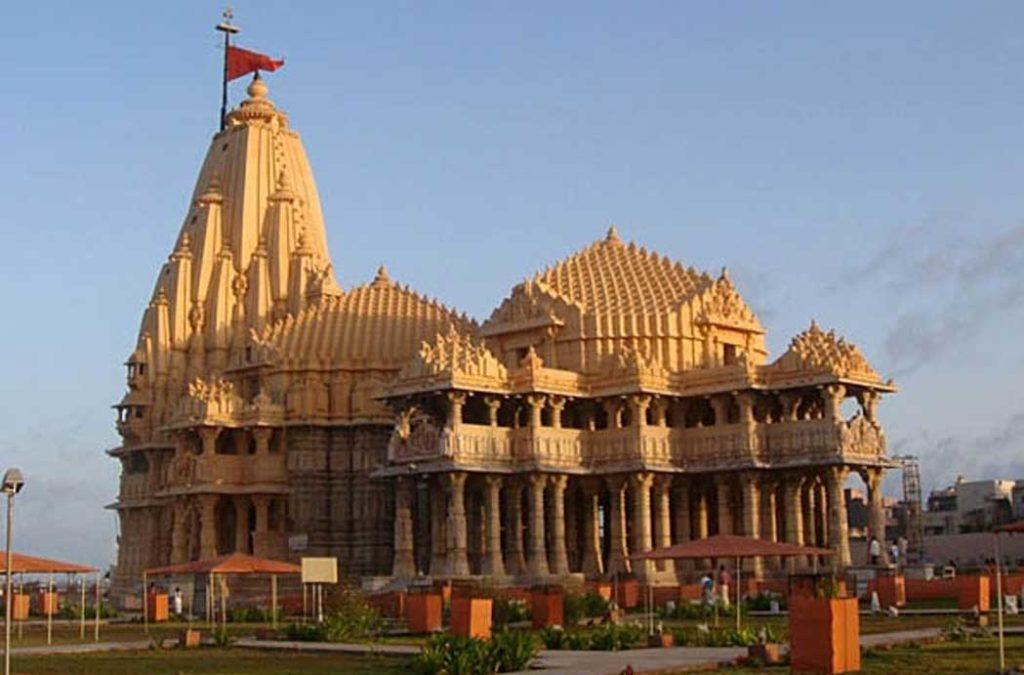
Dwarka is a city in the state of Gujarat and is a part of the Char Dham circuit established by Adi Shankaracharya. He also established a monastic discipline which is attached to the Dwarkadhish Temple. This temple which is beside the gentle Gomti River is the main highlight of the town.
This ancient town of Dwarka is believed to have been the abode of Lord Krishna hence its importance in the Char Dham yatra.
Timings: The best time to visit would be between the months of November and February, and the temple remains open from 7:30 am to 12:30 pm and again from 5:00 pm to 9:00 pm.
How to get there?: Porbandar and Jamnagar airports are the closest, while road and railway connectivity is ample.
3. Puri
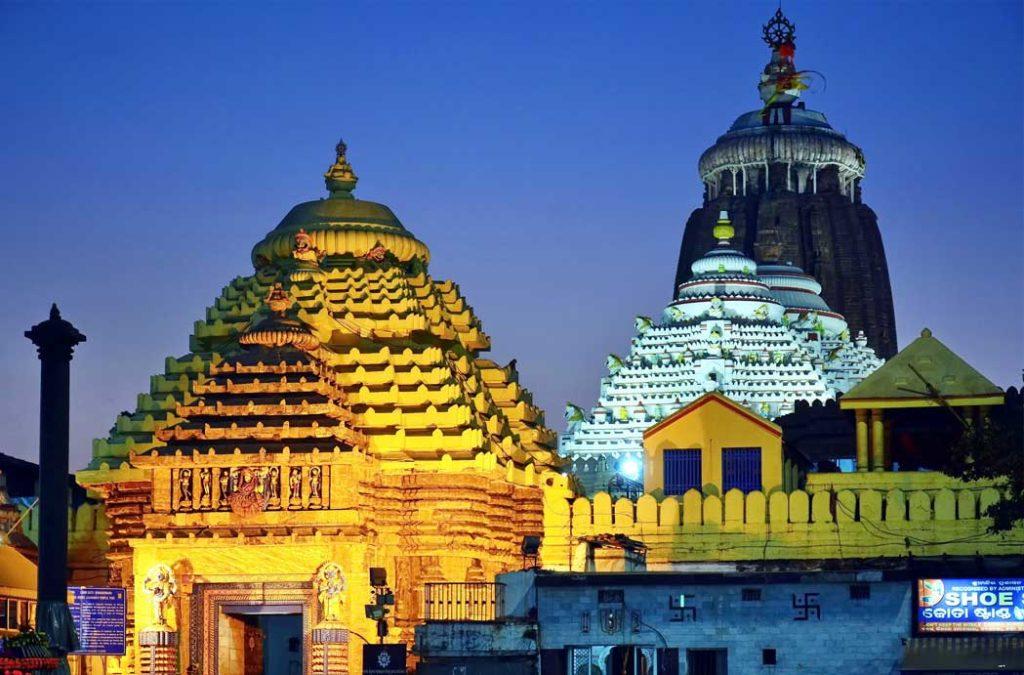
The hallowed temple town of Puri in Odisha is the Eastern circuit of the Char Dham yatra. The town has an old history and is home to the famous Jagannatha Temple. The temple is dedicated to Lord Vishnu and witnesses hundreds of devotees each year. The annual Rath Yatra or chariot festival is a famous event attended by many. Here the three principal deities are taken out of their sanctum and pulled in beautifully decorated chariots throughout the town.
Timings: The temple remains open from 6:00 am to 9:00 pm
How to get there?: The city is well-connected to other nearby cities with roads, railways, and an airport.
4. Rameswaram
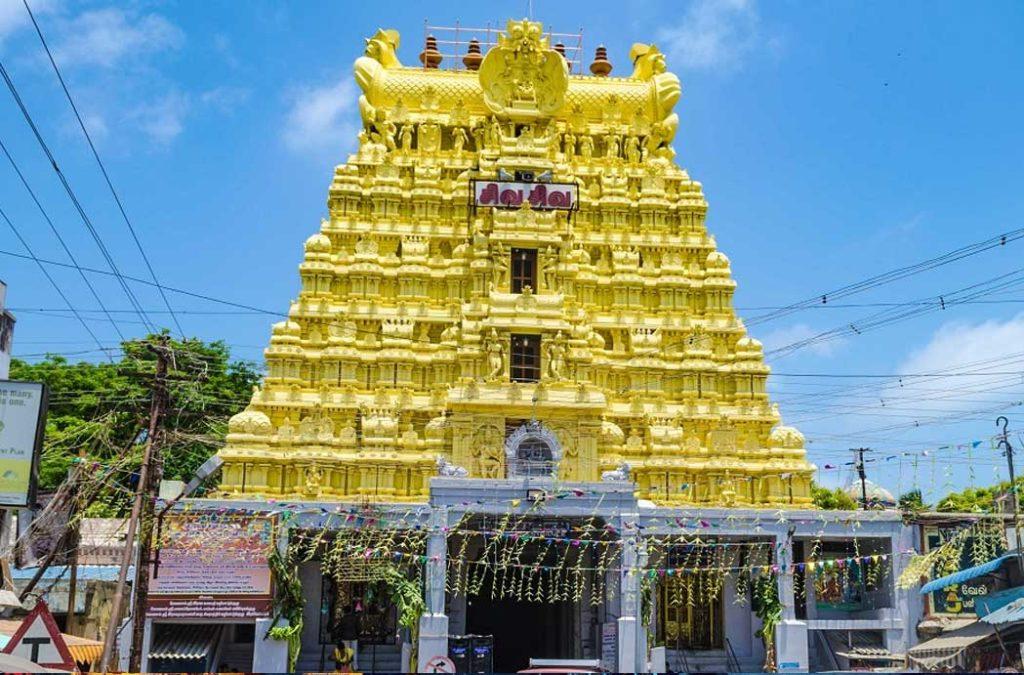
Rameswaram is a small coastal town in Tamil Nadu famous as one of the peeths established by Shankaracharya. This town is one of the circuits of the Char Dham yatra undertaken by pilgrims. What sets it apart is its location on a quaint island connected to the mainland by the Pamban Channel. The town is regarded as holy because it is supposed to be the place where Lord Ram built the bridge to Sri Lanka. A big highlight of the town is the resplendent Ramanathaswamy Temple dedicated to Lord Shiva where many come to offer their prayers.
In and around the islands, there are sixty-four Tirthas, which are water tanks. A dip in them is supposed to wash the sins of the devotee. Some are in the temple complex, and the rest are scattered about the island.
Timings: The temple is open from 4:30 am to 1:00 pm and from 3:00 pm to 8:30 pm.
How to get there?: Rameswaram has a railway station which is connected to cities like Bangalore and Chennai.
Other extra tidbits
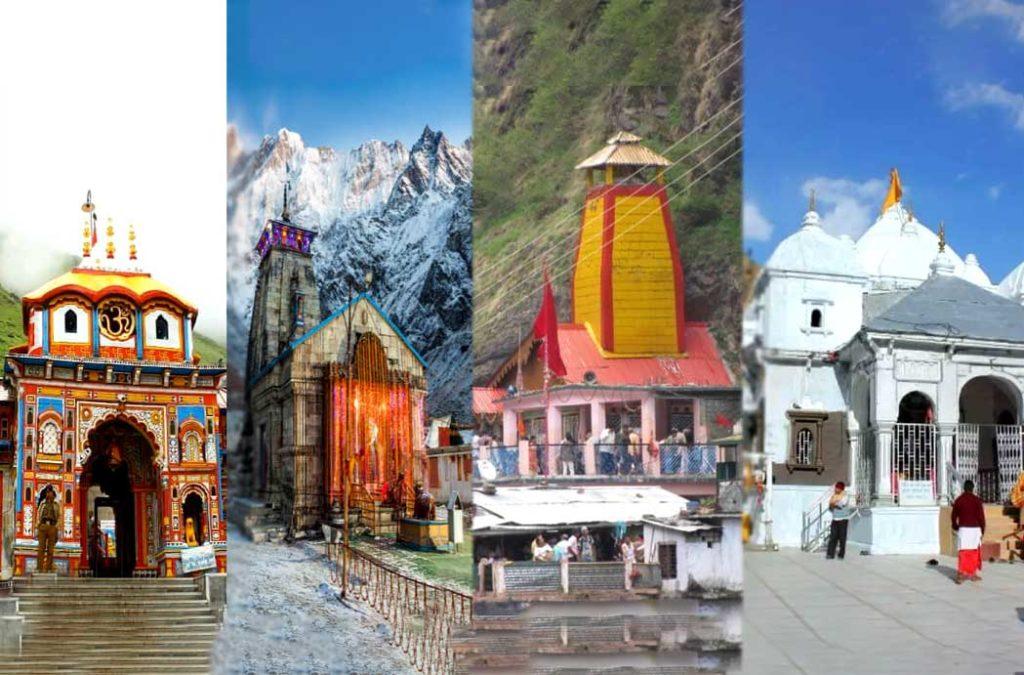
- You will need to register for the Chota Char Dham yatra on the official government website of Uttarakhand.
- The Char Dham yatra is supposed to be done in a clockwise manner, and each of the points corresponds to the Hindu beliefs of yuga or epochs. They are Satyayuga (Badrinath), Tretayuga (Rameswaram), Dwarpayuga (Dwarka), and Kaliyuga (Puri).
- For Char Dham helicopter services, you can check the Uttarakhand government’s website.
A pilgrimage to these four places of worship is believed to set the pilgrim on their path to salvation. If you are ready to take a plunge headlong into a journey inwards, then this could be your starting point. So don’t wait for any further indications and start planning for this long and life-changing pilgrimage right away. Furthermore, aiding you all along this is our Treebo Hotels across most of the destinations with exciting offers and top-notch services.
